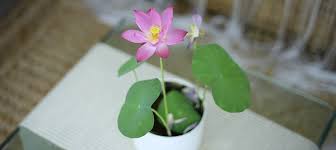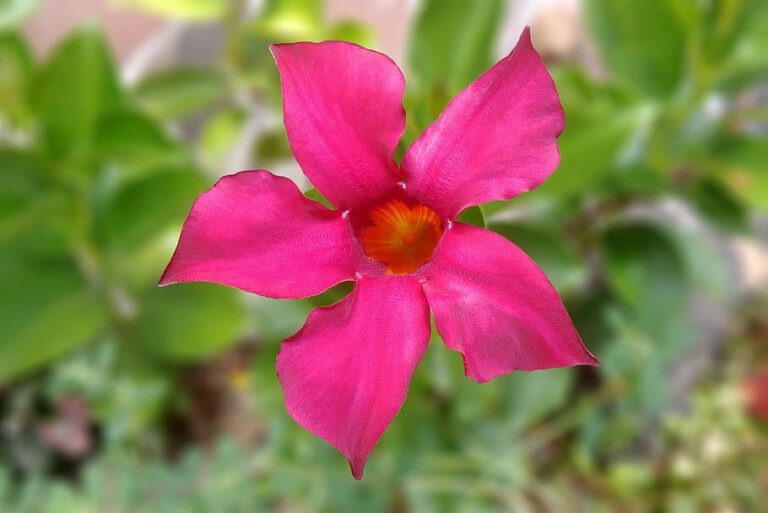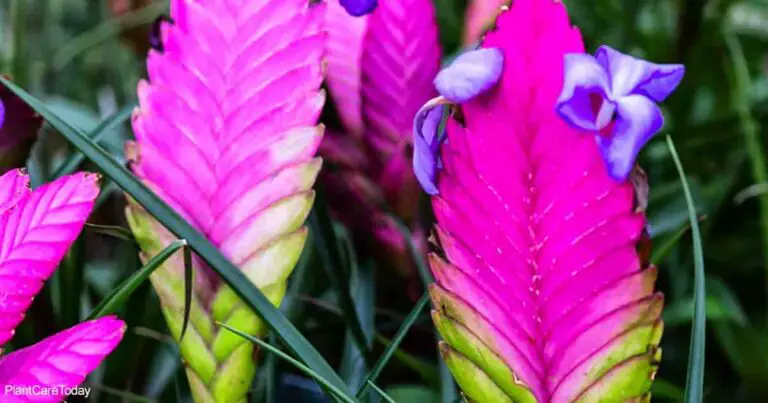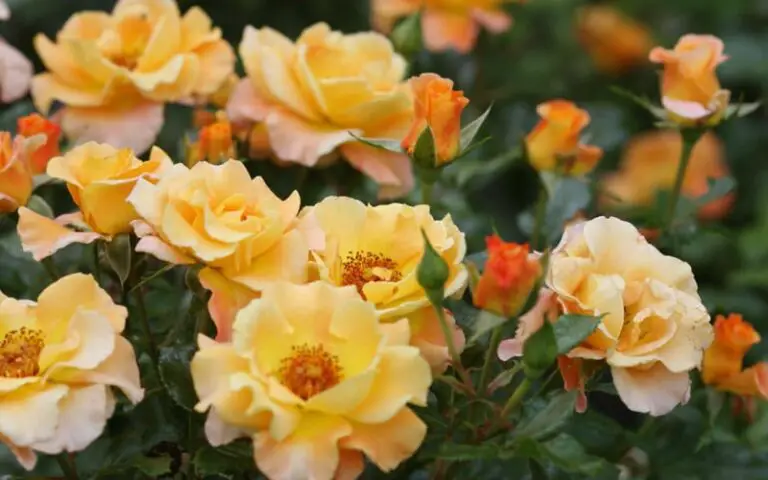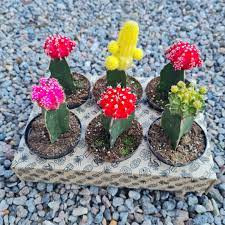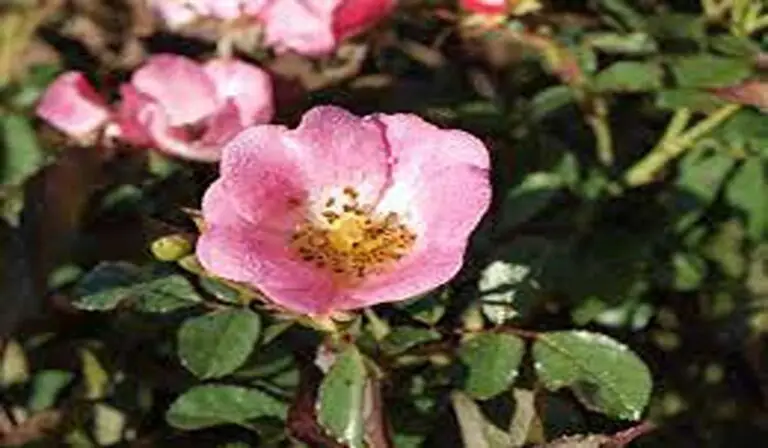Overview Rosa acicularis (Prickly wild rose)

Rosa acicularis, (Prickly wild rose) also known as prickly rose, is a deciduous shrub that is native to North America. It grows 1-3 meters tall and has pink or white flowers. The fruits of the prickly rose are called rose hips, which are edible and can be used to make tea or jelly.
Discover The 10 Best Air Plants For Effortless Greenery At Home
Botanical Characteristics
- Leaves: Prickly rose leaves are pinnate, with 3-7 leaflets. The leaflets are ovate and have serrated margins.
- Flowers: Prickly rose flowers are pink or white, and 3.5-5 centimeters in diameter. They have 5 petals and many stamens.
- Fruits: Prickly rose fruits are called rose hips. They are red, pear-shaped to ovoid, and 10-15 millimeters in diameter. They are edible and can be used to make tea or jelly.
Habitat
Prickly rose is found in a variety of habitats, including thickets, stream banks, rocky bluffs, and wooded hillsides. It is tolerant of a variety of soil conditions, but prefers moist, well-drained soil.
Propagation
Prickly rose can be propagated by seed, cuttings, or root division.
Care
Prickly rose is a relatively easy plant to care for. It needs full sun to partial shade and moist, well-drained soil. It should be watered regularly, but not overwatered. Prickly rose is drought tolerant, but it will produce more flowers if it is watered regularly. Fertilize prickly rose in the spring with a balanced fertilizer.
Pests and Diseases
Prickly rose is relatively resistant to pests and diseases. However, it can be susceptible to aphids, spider mites, and powdery mildew. If you see any pests or diseases on your prickly rose, treat them immediately with an appropriate pesticide or fungicide.
Pieris Floribunda: A Captivating Plant For Your Garden
Rosa acicularis Care
- Watering: Prickly rose needs regular watering, but it should not be overwatered. Water the plant deeply when the top 2-3 inches of soil are dry.
- Fertilizer: Fertilize prickly rose in the spring with a balanced fertilizer. Use a fertilizer that is high in phosphorus and potassium, as these nutrients are important for flower production.
- Pruning: Prickly rose does not need to be pruned heavily. However, you can prune it in the spring to remove dead or damaged branches. You can also prune it to shape the plant.
- Winter protection: Prickly rose is hardy to USDA zones 3-9. However, it may need some winter protection in colder climates. Mulch the plant with 2-3 inches of organic matter to help insulate the roots. You can also cover the plant with a burlap sack or other protective covering.
Rosa acicularis Flowers
- Bloom time: Prickly rose flowers in the spring and early summer.
- Flower color: Prickly rose flowers are pink or white.
- Flower size: Prickly rose flowers are 3.5-5 centimeters in diameter.
- Fragrance: Prickly rose flowers have a mild fragrance.
- Pollinators: Prickly rose flowers are pollinated by bees, butterflies, and other insects.
- Uses: Prickly rose flowers can be used to make tea or jelly. They can also be dried and used in potpourri.
Grand Duke Jasmine Plant: A Majestic Beauty In Gardening And Landscaping
Use, Benefits, and Symbolism of Rosa acicularis
- Use: Rosa acicularis can be used for a variety of purposes, including:
- Edible fruits: The fruits of the prickly rose, called rose hips, are edible and can be used to make tea or jelly.
- Medicinal properties: The rose hips of Rosa acicularis have a number of medicinal properties, including:
- Antioxidants: Rose hips are a good source of antioxidants, which can help protect the body from damage caused by free radicals.
- Vitamin C: Rose hips are a good source of vitamin C, which is essential for the immune system.
- Other nutrients: Rose hips also contain other nutrients, such as vitamin A, potassium, and calcium.
- Ornamental: Rosa acicularis is a beautiful plant that can be used as an ornamental shrub in gardens.
- Benefits: The use of Rosa acicularis can provide a number of benefits, including:
- Improved immune system: The antioxidants in rose hips can help improve the immune system and protect the body from infection.
- Reduced inflammation: The rose hips in Rosa acicularis can help reduce inflammation, which can be beneficial for a variety of conditions, such as arthritis and asthma.
- Improved heart health: The vitamin C in rose hips can help improve heart health by reducing the risk of heart disease and stroke.
- Boosted energy levels: The vitamin C in rose hips can help boost energy levels and improve overall well-being.
- Symbolism: Rosa acicularis is considered to be a symbol of a number of things, including:
- Love: The rose is a symbol of love, and the prickly rose is a reminder that love can be both beautiful and painful.
- Protection: The thorns on the prickly rose can be seen as a symbol of protection, and the plant is often used to ward off evil spirits.
- Resilience: The prickly rose is a hardy plant that can survive in difficult conditions, and it is often seen as a symbol of resilience and strength.
Conclusion
Rosa acicularis is a beautiful and versatile plant that can be enjoyed for its flowers, fruits, and medicinal properties. It is a relatively easy plant to care for and can be grown in a variety of climates. If you are looking for a low-maintenance plant that can add beauty and value to your landscape, prickly rose is a great option.

